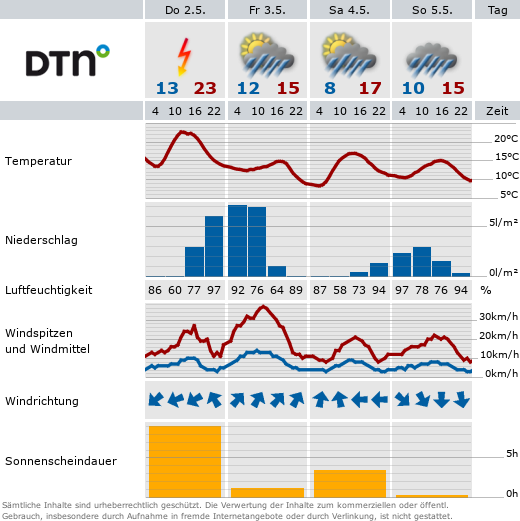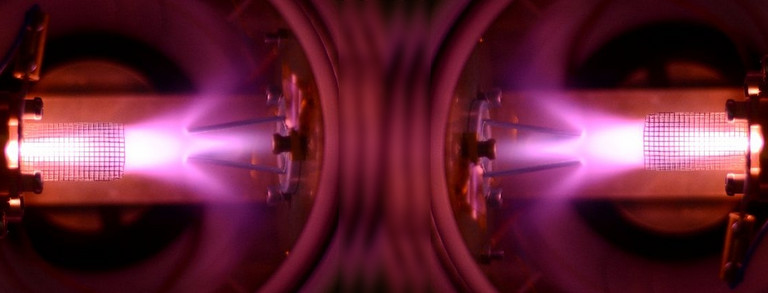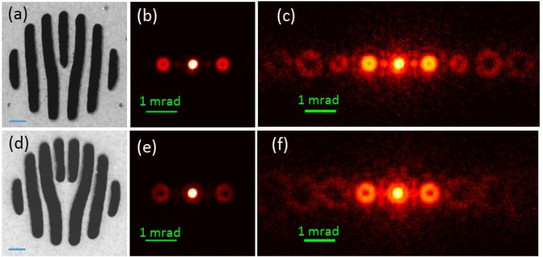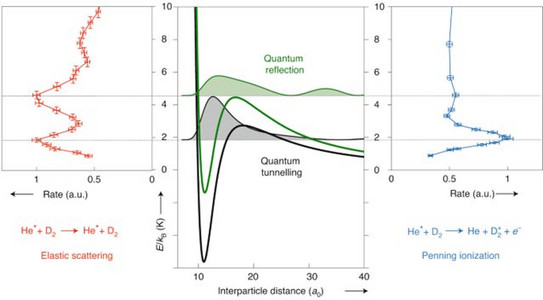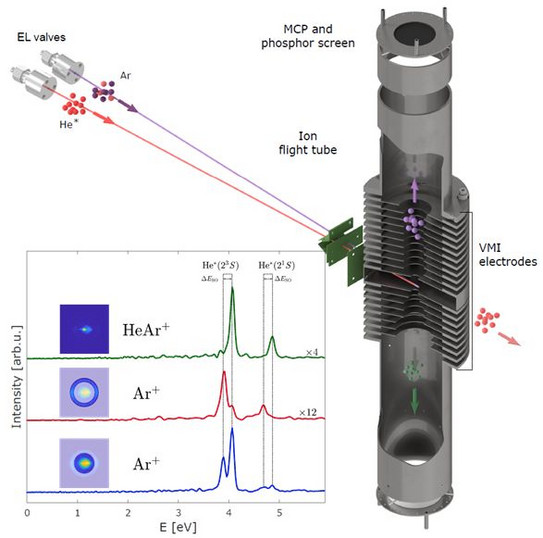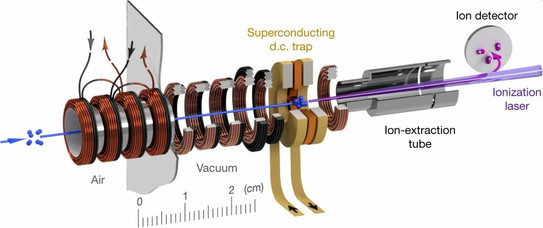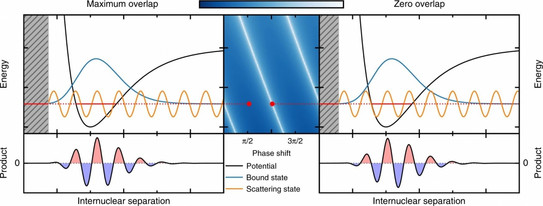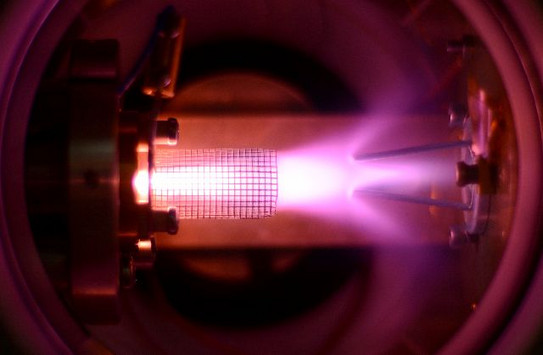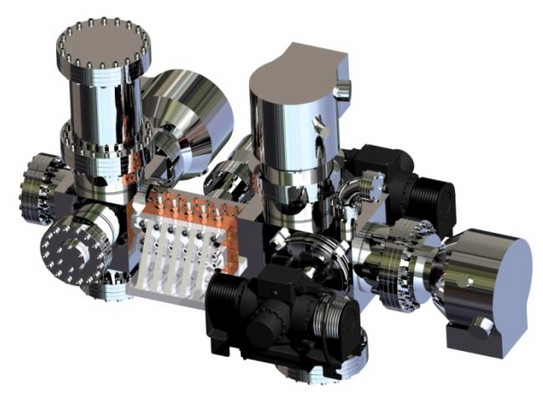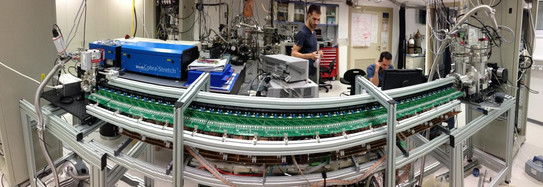EDN Lab - Research
Research Summary
We are among the pioneers in studying quantum effects in cold molecular collisions at the limit of one milli-Kelvin. We have demonstrated how quantum tunneling leads to dramatic changes in collision dynamics and outcome. Recently, we have opened a new window for quantum experiments where colliding particles’ wavefront has been engineered to carry new quantum numbers, such as center of mass orbital angular momentum. We are developing novel molecular cooling methods with the aim of reaching high enough phase-space densities to observe molecular quantum degenerate gases, either Bose-Einstein or Fermi according to quantum particles’ statistics.
Open Positions
We have open Master, PhD and Postdoc positions supported by ERC advanced grant and Alexander von Humboldt Professorship.
We have generated the first vortex beams of non-elementary particles.
Vortex beams of atoms and molecules
Luski A., Segev Y., David R., Bitton O., Nadler H., Barnea A. R., Gorlach A., Cheshnovsky O., Kaminer I. & Narevicius E.
Science (2021) 373, 6559, p. 1105-1109
We have found an experimental evidence differentiating quantum tunnelling and above barrier reflection as possible mechanisms for scattering resonances formation.
Determining the nature of quantum resonances by probing elastic and reactive scattering in cold collisions
Paliwal P., Deb N., Reich D. M., Avoird A. v. d., Koch C. P. & Narevicius E.
Nature Chemistry 13, p. 94–98 (2021)
We have directly observed a Feshbach-resonance by Coincidence-detection of Ions and Electrons in Penning Ionization Collisions.
We present a new experimental approach for observing molecular dynamics involving neutral particles and ions that is capable in providing state-to-state mapping of the dynamics.
Direct observation of a Feshbach resonance by coincidence detection of ions and electrons in Penning ionization collisions
Margulis B., Narevicius J. & Narevicius E.
Nature Communications 11, 3553 (2020)
We have observed collisions between cold molecules in a superconducting magnetic trap.
Collisions between cold molecules in a superconducting magnetic trap
Segev Y., Pitzer M., Karpov M., Akerman N., Narevicius J. & Narevicius E.
Nature 572, 189–193 (2019)
News and Views | "A versatile cold-molecule collider", Dajun Wang, Nature 572, 180-181 (2019)
In a joint theory and experiment investigation we show that phase plays a major role in protecting a decaying quantum state, a phenomenon that leads to orders of magnitude increase in lifetime.
Phase protection of Fano-Feshbach resonances
Blech A., Shagam Y., Hölsch N., Paliwal P., Skomorowski W., Rosenberg J. W., Bibelnik N., Heber O., Reich D. M., Narevicius E. & Koch C. P.
Nature Communications 11, 999 (2020)
We have demonstrated the brightening of molecular beams by suppression of skimmer interference.
Molecular beam brightening by shock-wave suppression
Segev Y., Bibelnik N., Akerman N., Shagam Y., Luski A., Karpov M., Narevicius J. & Narevicius E.
Science Advances. 3, 3, e1602258 (2017)
Quantum scattering resonances show that molecular symmetry dramatically changes the atom-molecule effective interaction.
Directly probing anisotropy in atom-molecule collisions through quantum scattering resonances
Klein A., Shagam Y., Skomorowski W., Zuchowski P. S., Pawlak M., Janssen L. M. C., Moiseyev N., van de Meerakker S. Y. T., van der Avoird A., Koch C. P. & Narevicius E.
Nature Physics 13, 35–38 (2017)
News and Views | "Cold molecular collisions: Same object, different symmetry", Roland Wester, Nature Physics (2016) [DOI:10.1038/nphys3944]
Towards sympathetic cooling of molecules: we demonstrate co-trapping of molecular oxygen with atomic lithium!
Trapping of Molecular Oxygen together with Lithium Atoms
Akerman N., Karpov M., Segev Y., Bibelnik N., Narevicius J. & Narevicius E.
Phys. Rev. Lett. 119, 073204 (2017)


